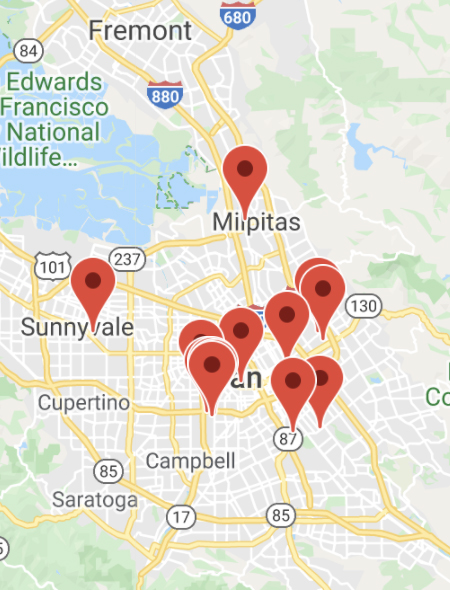INJURY PREVENTION
Child Safety and Drowning Prevention
As the weather warms up and more children are in and around water, it is important that adults do all that they can to reduce fatal and nonfatal drownings. Knowing how to prevent leading causes of child injury, like drowning, is a step towards keeping our children safe and secure.
Key Prevention Tips
Learn life-saving skills.
Everyone should know the basics of swimming (floating, moving through the water). Formal swimming lessons reduces the risk of drowning among children aged 1 to 4 years. Knowing how to swim can help to prevent drowning for everyone.
If you are going to be around water, learn cardiopulmonary resuscitation (CPR). CPR performed by bystanders has saved lives and improved outcomes in drowning victims. The more quickly CPR is started, the better the chance of improved outcomes.
Fence it off.
Install a four–sided fence with self–closing and self–latching gates, around backyard swimming pools. This can help keep children away from the area when they aren’t supposed to be swimming. Pool fences should completely separate the house and play area from the pool.
Make life jackets a must.
Make sure kids wear life jackets in and around natural bodies of water, such as lakes or the ocean, even if they know how to swim. Life jackets can be used in and around pools for weaker swimmers too.
Be on the look-out.
When kids are in or near water (including bathtubs), closely supervise them at all times. Because drowning happens quickly and quietly, adults watching kids in or near water should avoid distracting activities like playing cards, reading books, talking on the phone, and using alcohol or drugs.
Resources
The Facts about Kids and the Danger of Drowning | Safe Kids Worldwide
Water Watcher Card | Safe Kids Worldwide
Open water checklist | Safe Kids Worldwide
Pool Safety Checklist | Safe Kids Worldwide - English | Español



